Black Racers are Beautiful, Helpful Garden Snakes

Last Friday I had a lovely, peaceful afternoon in nature at the Henry Beck Park, here in Levy County, Florida. The park is small, and out of the way, so it’s not at all crowded. I enjoyed walking around the place taking photos of some of the wildlife and flowers that I can’t find up here in the sandhills where things are much drier. Some of the things I found at Henry Beck were things I was familiar with, and a few weren’t. One of the familiar animals that I found was a young black racer. It was basking in the sun along the edge of the woods. I think it had just finished shedding because it looked sleek and beautifully colored, but it still had dry, cracked spectacles over it’s eyes.

I stayed well away from it at first so as not to startle it. These guys are very fast (which is why they are called racers), and although they will raise their heads and strike and also shake their tails like a rattlesnake if cornered, their first instinct is to flee. If that happened my photo opportunity would have gone too. So instead of getting too close I used my telephoto lens to shoot from a longer distance. Over about 10 minutes I slowly crept closer and closer. I’m pretty sure I only got as close as I did because of the unshed spectacles causing poor vision in the snake at that time. Eventually, I did push my luck a little too far and my subject hurried back into the woods.
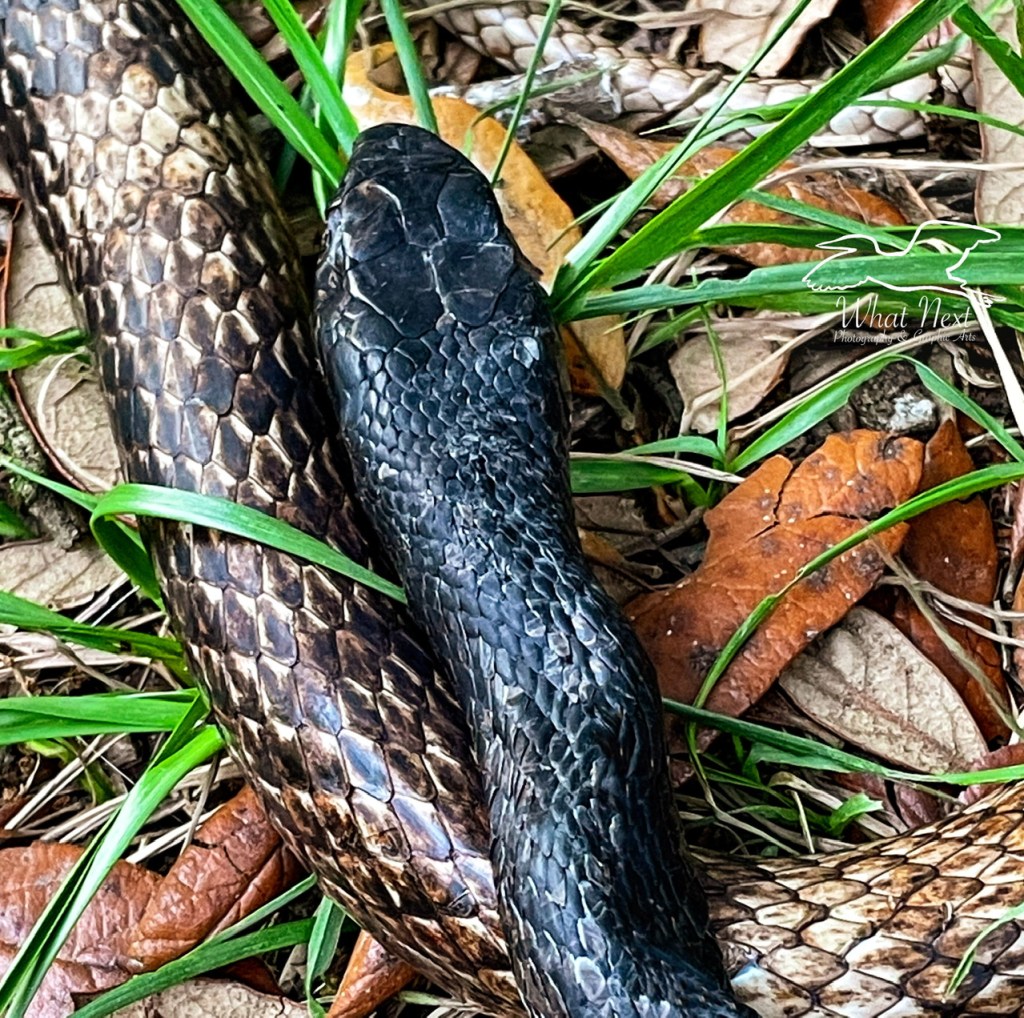
Black racers are very interesting snakes for quite a few reasons. When they are born, they are light brownish grey with darker brown markings. It is only over time, as they grow that they begin to turn the black color that they are named for. You’ll notice that this particular snake had a black front end of it’s body that faded to brown and light brown towards the tail. That’s the easiest way to realize that this snake was still a juvenile. It probably had several more sheds to go through before reaching it’s final, all black coloration.

Black racers also have a very unique way of capturing their prey. They are members of the constrictor family, but unlike most constrictors, they don’t wrap themselves around prey to suffocate it. Instead they crush their prey to the ground and then swallow it; sometimes while still alive. They are known to have very good appetites, and will eat just about anything small enough to be subdued by their unique hunting style. Prey animals include frogs, lizards, toads, young rats, mice, and other small mammals or birds. Young racers will also eat insects. Due to their good appetites for garden pests, these guys are good snakes to keep around.

Black racers are also good snakes to keep around because they tend to be more tolerant of people than many other types of wild snakes. This may also be part of the reason that this one let me get so close. It’s not a good idea to try to pick them up, though. They do not like to be handled or held, even when bred in captivity, so they do not make good pets. If handled they can become aggressive and bite, and even though they are not poisonous, the bite can be painful and draw blood. So if you happen to have one of these guys living in your garden or yard, just let it alone and it will let you alone. In the mean time, it will help to keep the area free of pests. Have you had experience with these snakes?

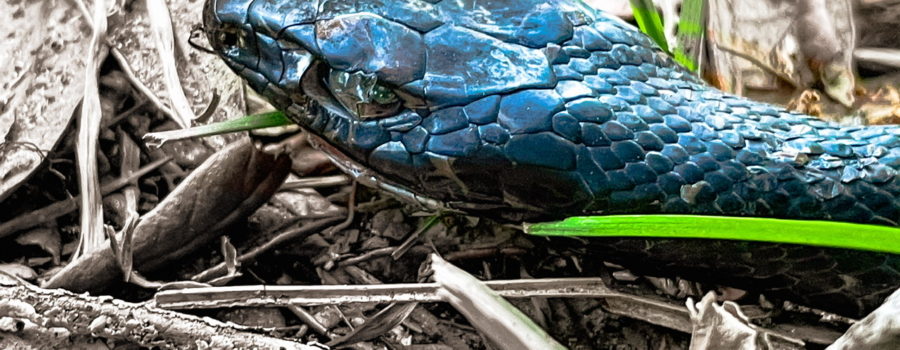
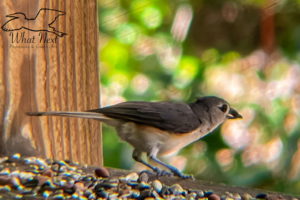
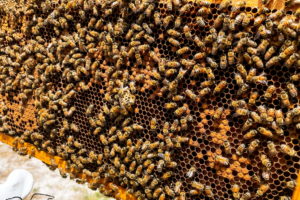
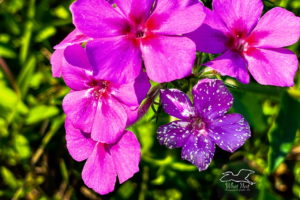
Recent Comments